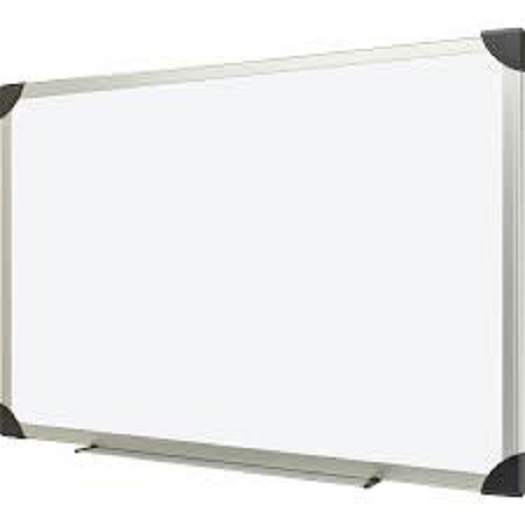Introduction
White eraser boards, also known as dry-erase boards, have become a ubiquitous tool in classrooms, offices, and households around the world. Their smooth surface, ease of use, and versatility make them an essential part of modern communication and organization. In this article, we will explore the various benefits and applications of white eraser boards, as well as their impact on education, productivity, and creativity.
The Evolution of White Eraser Boards
The history of white eraser boards dates back to the 1950s when they were first introduced as an alternative to traditional chalkboards. Originally made of enameled steel, these early versions provided a smoother writing surface and easier erasability. Over time, the materials and manufacturing techniques evolved, leading to the development of more affordable and lightweight options, such as melamine and porcelain-coated steel boards. Today, non-porous laminate and glass boards are also popular choices, offering enhanced durability and aesthetic appeal.
Advantages in Education
In educational settings, white eraser boards have revolutionized the way teachers present information and engage with students. The boards allow for clear, colorful, and interactive demonstrations, making lessons more engaging and comprehensible. Moreover, the ability to quickly erase and modify content fosters a dynamic learning environment, encouraging student participation and collaboration. Additionally, white eraser boards are instrumental in accommodating diverse learning styles, as visual learners benefit from the use of diagrams, charts, and illustrations.
Enhancing Productivity in the Workplace
In the corporate world, white eraser boards have proven to be invaluable tools for brainstorming, planning, and organizing ideas. Their large, easily accessible surfaces provide a platform for team collaboration, allowing for the visualization of concepts and strategies. Whether used for project management, scheduling, or creative problem-solving, white eraser boards facilitate effective communication and decision-making. Furthermore, their flexibility enables seamless adaptation to different work processes, contributing to enhanced productivity and innovation.
Creative Applications at Home
Beyond professional and educational environments, white eraser boards have found diverse applications in households. From serving as family message boards and chore planners to acting as creative outlets for artistic expression, these boards have become integral to daily life. Their adaptability allows for the customization of spaces, whether in the kitchen for meal planning, in children’s rooms for play and learning, or in home offices for organization and inspiration. As reusable and eco-friendly tools, white eraser boards offer a sustainable alternative to single-use paper products, further contributing to a greener lifestyle.
Innovations and Customizations
As technology advances, white eraser boards continue to evolve with the integration of digital features. Interactive whiteboards, equipped with touch-screen capabilities and connectivity options, have gained popularity in educational and corporate settings. These interactive boards enable dynamic multimedia presentations, remote collaboration, and integration with other digital platforms, revolutionizing the way information is shared and accessed. Additionally, custom-sized and printed white eraser boards cater to specific needs, whether for branding purposes, decorative elements, or specialized applications in healthcare, sports, or manufacturing.
Maintenance and Sustainability
One of the key advantages of white eraser boards is their reusability and ease of maintenance. Unlike traditional chalkboards, white eraser boards do not produce dust or residue, minimizing allergens and promoting a clean working environment. Regular maintenance involves simple erasing and occasional cleaning with non-abrasive solutions, ensuring the longevity of the boards. Furthermore, the use of dry-erase markers eliminates the need for disposable writing implements, reducing waste and promoting sustainability.
Conclusion
In conclusion, white eraser boards have become indispensable tools across various domains, from education to business and personal use. Their versatility, ease of use, and environmental friendliness make them an enduring choice for communication, organization, and creativity. As technology continues to advance, those are likely to undergo further innovations, catering to the evolving needs of modern society. Whether in classrooms, boardrooms, or homes, these boards continue to play a vital role in fostering collaboration, enhancing productivity, and stimulating creativity.

